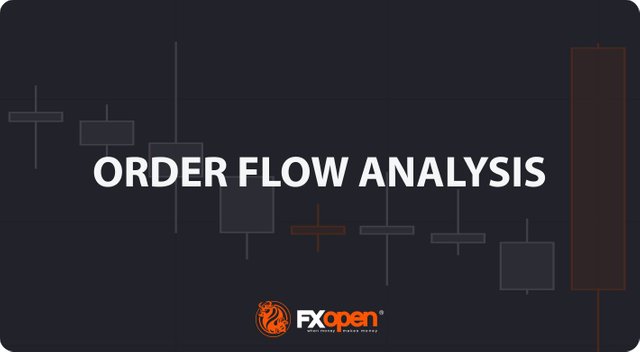
In trading, understanding the mechanics behind market movements is crucial. This article delves into the concept of order flow analysis, focusing on its unique challenges in the decentralised forex market, and offers alternative strategies rooted in supply and demand dynamics.
Order Flow Analysis and Its Limitations in Forex
Order flow analysis serves as a powerful lens through which traders examine the buying and selling activity in a market. In conventional markets like stocks or commodities, it involves scrutinising various data points sourced from a centralised exchange, such as bid-ask spreads, volume, and types of orders, to gauge the market’s direction.
Performing order flow analysis in the Nifty 50, S&P 500, FTSE 100, and other indexes is commonly employed by trading professionals. However, when venturing into the forex market, the decentralised structure poses a significant challenge to traditional order flow analysis. Unlike centralised markets, forex lacks a single point of record for all trades, making it difficult to gain a comprehensive picture of market activity.
The absence of centralised exchange data means traders can't easily access the complete order book, which contains essential details about pending buy and sell orders. Consequently, conventional methods of order flow analysis become far less straightforward, compelling traders to adapt and look for alternative approaches tailored to the unique intricacies of the forex market.
The topics discussed here are relatively complex. For the best understanding, head over to FXOpen’s free TickTrader platform to apply what you’ve learned in real-time.
Read more: https://bit.ly/3RGtuEq